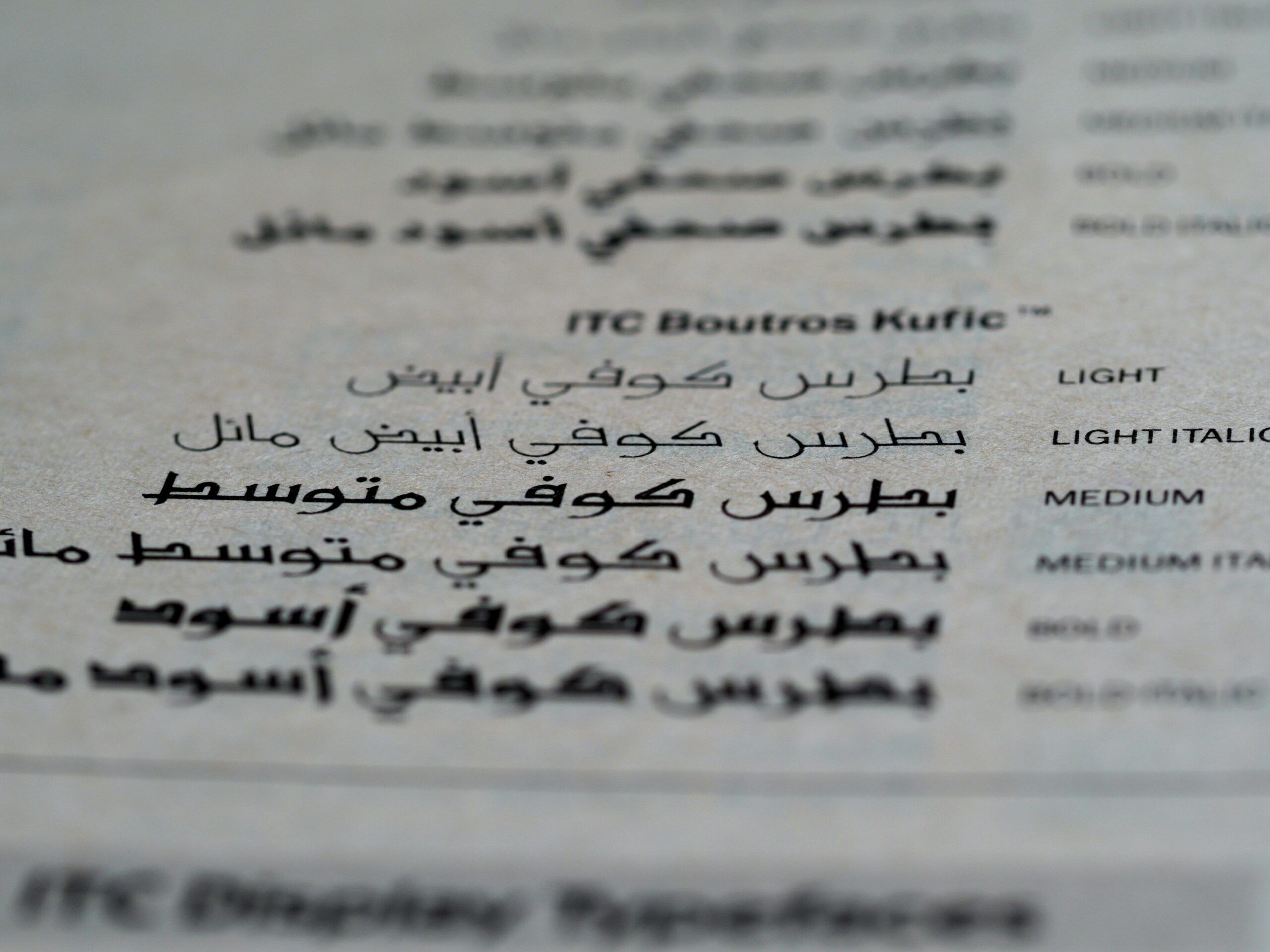If you are an interpreter looking to make the right purchases of equipment, so your hard-earned money doesn’t go to waste, you have landed on just the right page. We are about to give you the best insight about what and what not to invest in. Since this is a beginner to advance level guide, let’s start with the key terms you need to understand before you buy any simultaneous interpretation equipment Abu Dhabi.
- Translation Vs. Interpretation:
The translation just means converting something from one language to the other, be it oral or text. Interpretation, on the other side, is only specific to the spoken word and is always only done on the spot, whether in a meeting, workshop, or conference, etc.
 Consecutive Interpretation:
Consecutive Interpretation:
This happens when you have a real-time interpreter with you on any occasion. For example, you’re at a Chinese workshop and you speak a few sentences, then your interpreter repeats them in Chinese for the audience. No equipment is required for this type of interpretation; however, it disrupts the flow of speech.
- Simultaneous Interpretation:
Imagine yourself at the Chinese workshop again, this time with you in the audience. The speaker is speaking in Chinese, but you’re able to listen to it in English through a special set of headphones given to you by the organizers. This is even though an expensive process but maintains the flown of speech.
- Floor Language:
This is the language used by the speaker; the language that is being translated into is known as the target language. There can be multiple target languages, depending on how much your set-up can afford.
 System types and their advantages and disadvantages
System types and their advantages and disadvantages
- Infrared Systems:
They use the same technology as TV remote and transmit interpreted feed to the listeners through invisible light pulses, so the audience listens to the speech in their native language with headphones. Here are some key points that will help you better understand infrared systems:
- Infrared signals need a vivid line of sight of the audience
- The emitters need to be installed right above the audience and should be exposed to catch signals
- An increased number of emitters gives a better range
- Infrared systems are sensitive to any interference of light; for example, bright flashlights
- Any radio interference doesn’t harm these systems
- Handheld Digital Systems (Medium Range)
These systems make use of radio waves for the transmission of translated feed. The audience uses multi-channel receiver headphones to listen. Here are the key features of handheld digital systems:
- They are portable as well as light-weight which means you can easily travel around with your equipment without any hassle
- Unlike infrared systems, their transmitters and receivers don’t need to be exposed, so they’re good for people like tour guides.
- You can easily customize the system to support various languages simultaneously through the multi-channel configuration feature
- The advance digital systems also have interference-cancelling and encryption technology to ensure the confidentiality of speech
- The smaller the size is, the shorter the range will be
- The FM signals can easily penetrate through walls, so no line of sight is required
- They are immune to any interference of light which makes them perfect for outdoor events
- Long Range Portable FM Systems
These systems are perfect for covering large events as they can easily exceed to a thousand feet. However, more power requirement means the machines become less portable. They can, of course, be moved around but will require a higher cost of setting up and taking it down. The key features include:
- They offer great sound quality
- Long-range portable FM systems are component-based, which means they have more customization options
- They are immune to light interference
- Cost-efficient for large-scale audiences
- Even though they are portable, but the speakers and audience members need to stay close to the fixed transmitters.
5 questions to consider before investing in simultaneous interpretation equipment Abu Dhabi
- How many audience members in your event need language support? This needs to be decided prior to the actual event so you can purchase the receivers accordingly.
- What is the number of different languages that need to be simultaneously interpreted during the event? This will help you in determining the number of transmitters you need to buy.
- Where will the interpreter put his set-up at the event location? Is there enough space at the back of the stage or do we need to set up a sound-proof booth?
- How portable should the system be? Does it also have to be mobile or just portable? Most systems are certainly portable but their weight and power mostly determine how far you can travel with them so you might want to research this according to your budget and convenience.
- How efficient is the venue? Does it have proper space for a line of sight between transmitter and receiver? This will help you choose between infrared and FM systems, as infrared signals cannot work without a line of sight.
Hopefully, this blog gave you a detailed guide on how you can choose the right equipment for yourself. It is definitely not an easy thing to do as it requires not only a huge amount of money but also a lot of prior research you need to do, considering even the tiniest factors about your audience.
Another tip to get your simultaneous interpretation equipment Abu Dhabi at the right prices is to always compare prices around with different vendors. This may take up some extra time, but you might get lucky and find your equipment at a really decent price from one of the vendors.


